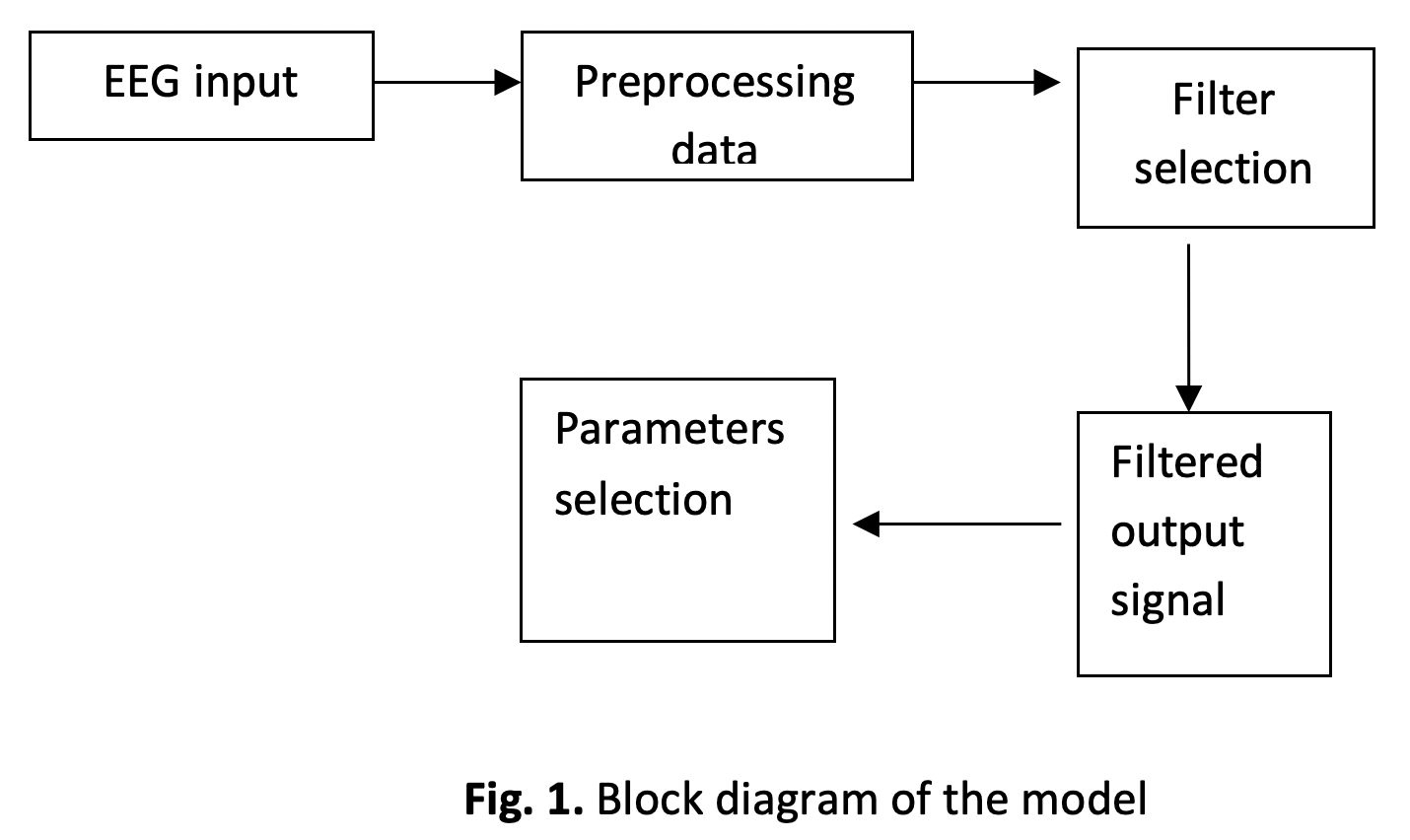Automated Seizure Detection in Neonatal EEG using Signal Processing Algorithms
DOI:
https://doi.org/10.37934/araset.31.3.220227Keywords:
EEG, EDF Browser, EEG STUDIO, EOG, EKG, EMG, Machine learningAbstract
The crucial challenge of identifying seizures in newborn electroencephalogram (EEG) data is the subject of this research. (ElectroEncephaloGram) EEG analysis has traditionally been labor-intensive and subjective due to the heavy reliance on human inspection by skilled electrophysiologists and neurologists. The authors suggest a novel online automatic detection approach to get over these restrictions. This approach intends to open the door for effective and reliable early seizure detection, delivering a potential development in neonatal care and neurological research. It does this by utilizing the capabilities of signal processing and brain-inspired modeling’s suggested machine-learning method makes effective use of real-time EEG signal processing methods. Its processing of incoming EEG data streams makes it appropriate for neonates to be closely tracked in critical care situations. Automation of the detection method minimizes the need for manual inspection by highly specialized experts, allowing for more rapid responses and possibly increasing seizure management's overall results. Using metal electrodes, the electroencephalogram (EEG) analyses the electrical activity of the brain. European Data Format (EDF) BROWSER and EEG STUDIO are used to analyses EEG signals. Root Mean Square (RMS) and signal samples are performed by EDF BROWSER, as well as mean, frequency, and frequency from filtered output using a band-pass filter. The standard deviation and average frequency are examined by EEG STUDIO. Spike detection, frequency domain analysis, and nonlinear techniques are used in seizure prediction. EOG, EKG, and EMG artifacts produced by the eyes, the heart, and the muscles, respectively may be present in EEG readings.
Downloads





























